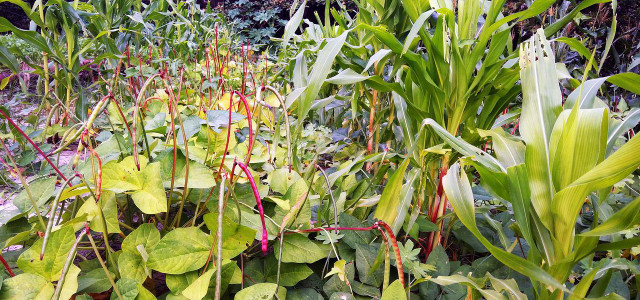Permaculture designs are a fundamental aspect of cultivating an eco-friendly garden. They follow natural patterns and bring to life a world of creativity and abundance.
Permaculture gardens are an agricultural system or method that seeks to integrate human activities with natural surroundings to create a highly efficient self-sustaining ecosystem. It draws on principles that require gardeners to attune themselves with their natural space and work to enhance the resilience, productivity, and sustainability of their garden.
Drawing on these ideas, permaculture designs are about using your area to reflect the natural elements that are already there. The end result is to create something that can take care of itself.
The Benefits of a Permaculture Garden



(Foto: CC0 / Pixabay / carlaborella)
Self-sustaining permaculture designs are one of the major benefits of these types of gardens – there are many great permaculture designs for your garden you can try. Designs can be simple and inexpensive, elaborate and costly, or anywhere in between.
The important step when deciding what type of design to choose is to remember the main principles of permaculture and go from there. Because, in many ways, these principles reflect the benefits of having a permaculture garden:
- Observation and feedback – By utilizing what is already present in your garden, you can learn more about what will naturally grow there. This can save you time and energy trying to force a plant to grow that isn’t well adapted to your space.
- Storage and waste – Permaculture is about avoiding waste and using existing energies to your advantage such as natural sources of sunlight, nutrients, and water. By applying this principle, you can avoid costly artificial substitutes. It also works as a circular system that reduces the amount of waste your garden produces, such as composting and upcycling.
- Yield – Permaculture gardens are designed to produce a healthy yield of crops that can sustain you and your family. The great advantage of this is you can ensure everything you grow is organic and pesticide-free.
When it comes to design, the general approach is to begin with an overall pattern and work on the smaller details later. Then you can think about how to integrate the different aspects of your garden into one easy and manageable space. We’ll cover some of these designs to set off on your own creative permaculture adventure.
1. Spiral
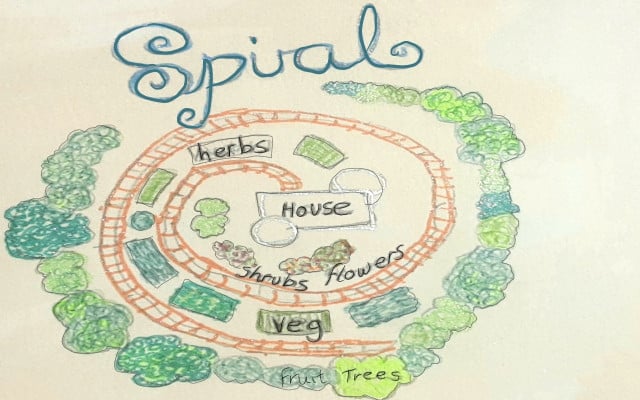


(Foto: Aisha Williams )
A spiral is a common pattern in nature. It stems from a central point and brings us around like a snail’s shell, galaxy, or hurricane. When it comes to permaculture designs, the idea is to create a sense of motion and connection to the flow of the earth.
The boundaries of the spiral layers can protect the inner plants from wind and can be used to draw heat towards the central point. The smaller turns of the inner spiral are a great place for less hardy and more delicate plants to flourish.
Moreover, in these small spaces, insects, and microorganisms can enrich the soil and create a uniquely fertile climate for herbs and other sun-seeking plants.
2. Small to Big
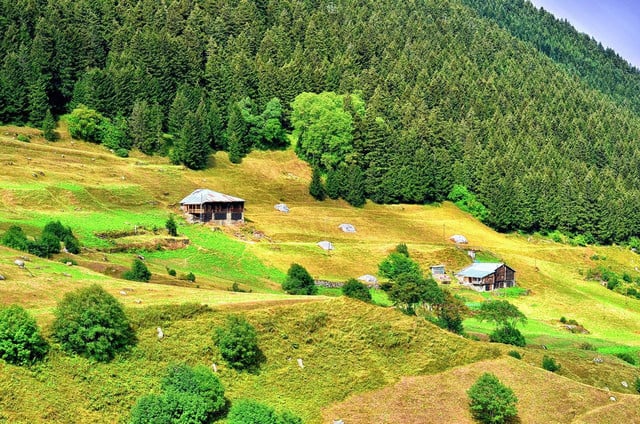


(Foto: CC0 / Pixabay / kareni)
Small to Big or Big to Small permaculture designs are a simple antidote for creating height and three-dimensional patterns in your garden. The idea is to recreate the sensation of growth as one thing gradually expands over another, such as the slopes of a hill, peaks of a mountain, or the gentle or rough contours of the earth.
For this reason, the Small to Big approach is best for spaces that make their home on the inclined or slanting ground. The natural motion of the space draws resources in one direction, following the flow of gravity. It is an opportunity to allow nature to tell you where your plants should go in order of resources.
For instance, the decline will draw water to the bottom of the garden, where large water-dependent plants such as wetland plants can flourish. Whereas, if you experience heavy rains, then this position can be filled with plants best suited to manage drainage.
3. Waves
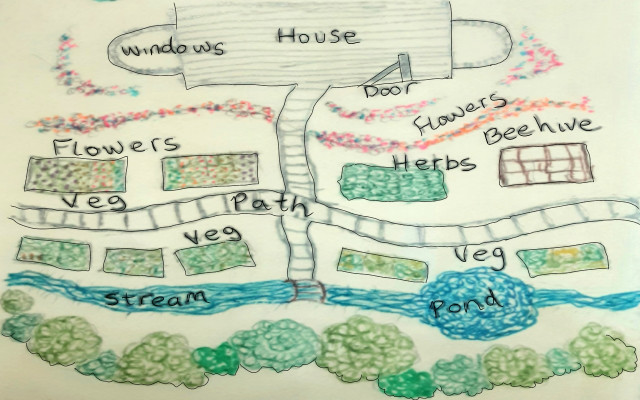


(Foto: Aisha Williams )
Light waves, movements of the ocean, and sound waves come to mind with these permaculture designs. For this reason, waves are a good starting point for observing the natural flow of water and energy in your garden.
The openness of this design makes it useful for seeing how the natural elements are attuned to your space. Try to observe your garden for at least a year in this design as it can highlight how other patterns might be integrated in the future.
4. Mandala



(Foto: CC0 / Pixabay / Alexandra_Koch)
A mandala focuses on the geometric patterns of a garden to bring to life unique permaculture designs. In many religions, they are used as a way to visually represent the universe — and act as a guide for finding our true selves.
A garden can likewise combine many different elements. Where the other patterns on our list aim to capture one particular design, the mandala draws different aspects to create one whole. It is a great way to link biologically diverse plants into one unit and blend plants both small and large, as well as creating something that represents you as a person.
5. Net
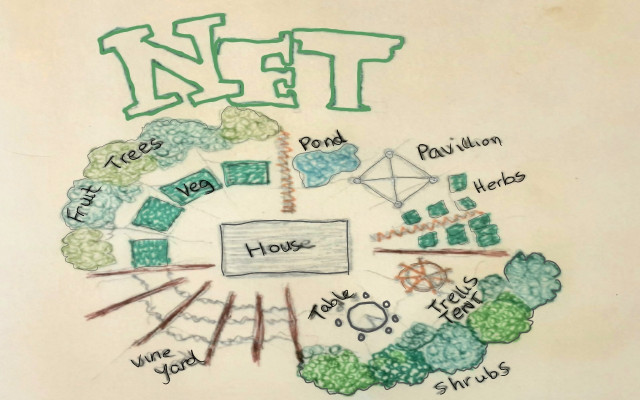


(Foto: Aisha Williams )
The net permaculture designs reflect the complexity of a spider’s web, snowflake, or honeycomb. It is about achieving a balance between the pressure and distribution of different resources. To facilitate this kind of pattern, it is common to use nets, fences, and waterways to break up the garden into smaller elements.
It is a great choice for a garden looking to draw in large harvests or produce. Every aspect of the garden has an individual but connected function.
6. Leaf
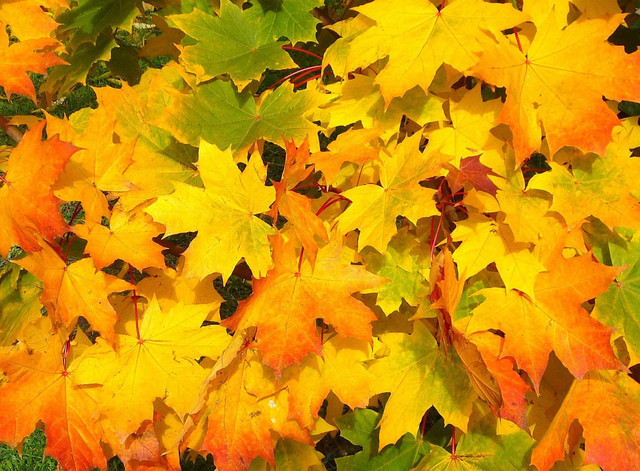


(Foto: CC0 / Pixabay / Shirley810)
Leaf permaculture designs are characterized by their branching pattern that begins from one point and spreads out into smaller veins. As such, it is also sometimes called a branching pattern like a tree spreading out the entire space of the garden.
Like the spiral, it is designed to draw energy towards one or several points. It can be a good method for tackling large spaces that aren’t easily linked together. And, as a way to diffuse resources such as water and wind flow from one area to another.
7. Scattered



(Foto: CC0 / Pixabay / NataljaDanilchenko)
The scattered approach mimics the fall of snow, the growth of algae or rocks as they cascade haphazardly across a landscape. As permaculture designs, they are about harnessing the chaos and order of nature. This design can encourage biodiversity. By allowing plants to form ecosystems between each other and giving nature the reins, it can create unique and unintentional patterns of coordination that you might not have expected.
Tips and Takeaways
Once you decide which permaculture designs are best for your space, you can start implementing your plan. It’s essential to understand how different elements relate to each other and how you can use the given space effectively. You want to minimize energy expenditure and decrease waste. This means thinking about:
- Sunlight: consider what direction it falls, where shadows are cast, and which plants can benefit from different amounts of light.
- Soil: most gardens have a mixed soil composition with varying acidity. You will need to assess what space matches different species’ preferences.
- Water: depending on what climate you live in, water can be one of the main energy expenditures in your garden. It is worth considering what plants need the most or least water, and which are best at storing water in the soil or draining it.
- Wind and the elements: not all plants can handle extreme weather changes. It’s worth observing your garden for the year to see the dynamics of weather and its effect on your space. That way you can plan for the worst.
With these tips in mind, permaculture can be a fun and challenging experience that brings you closer to the rhythms of nature. It can also be good for mental and physical health, meaning that as your garden grows, so do you.
Read on:
- The 8 Best Sun-Loving Plants to Add to Your Garden
- Native Gardening for Wildlife: Benefits and Tips for Beginners
- Horticultural Therapy: How Gardening Can Help You Heal
Do you like this post?







